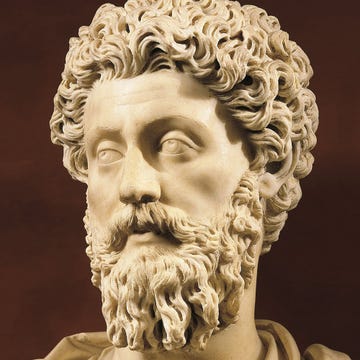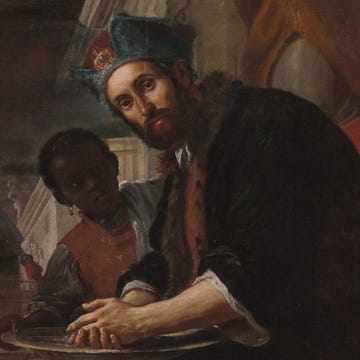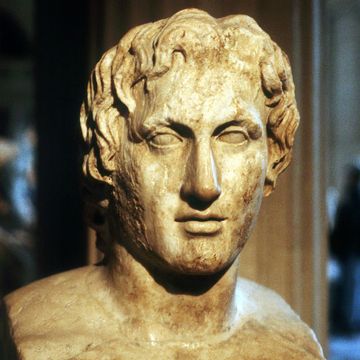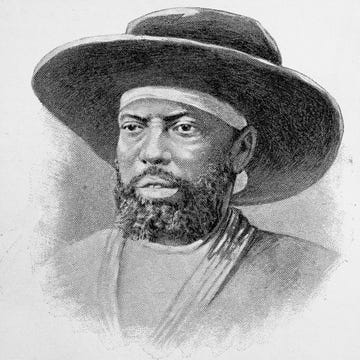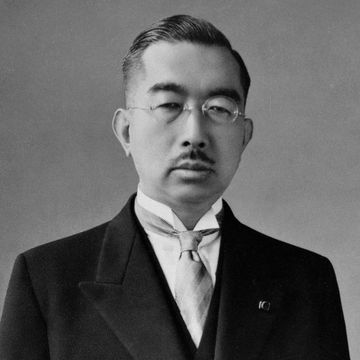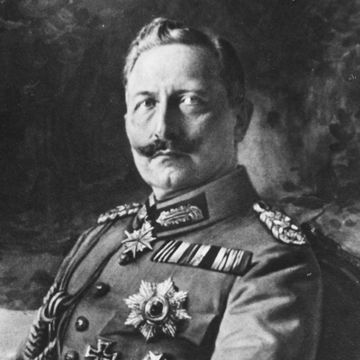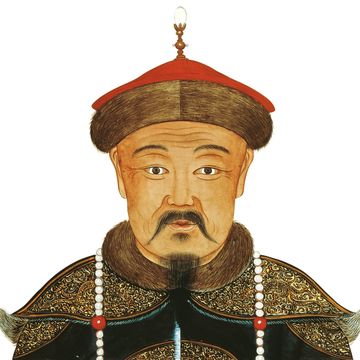(406-453)
Who Was Attila the Hun?
Attila the Hun, 5th-century king of the Hunnic Empire, devastated lands from the Black Sea to the Mediterranean, inspiring fear throughout the late Roman Empire. Dubbed "Flagellum Dei" (meaning "Scourge of God" in Latin), Attila consolidated power after murdering his brother to become sole ruler of the Huns, expanded the rule of the Huns to include many Germanic tribes and attacked the Eastern Roman Empire in wars of extraction. He never invaded Constantinople or Rome, and left a divided family following his death in 453.
Early Life and Taking Control of the Hunnic Empire
Born in Pannonia, a province of the Roman Empire (present-day Transdanubia, Hungary), circa 406, Attila the Hun and his brother, Bleda, were named co-rulers of the Huns in 434. Upon murdering his brother in 445, Attila became the 5th-century king of the Hunnic Empire and the sole ruler of the Huns.
Attila united the tribes of the Hun kingdom and was said to be a just ruler to his own people. But Attila was also an aggressive and ruthless leader. He expanded the rule of the Huns to include many Germanic tribes and attacked the Eastern Roman Empire in wars of extraction, devastating lands from the Black Sea to the Mediterranean, and inspiring fear throughout the late Roman Empire.
Wrath of Attila the Hun
Attila was notorious for his fierce gaze; according to historian Edward Gibbon, he frequently rolled his eyes "as if to enjoy the terror he inspired." He also reputedly scared others by claiming to own the actual sword of Mars, the Roman god of war.
In 434, Roman Emperor Theodosius II paid a tribute—in essence, protection money—to Attila, but Attila broke the peace treaty, destroying towns along the Danube river before moving into the empire's interior and obliterating Naissus and Serdica. He then moved toward Constantinople (present-day Istanbul), defeating the main Eastern Roman forces in a number of battles. However, upon reaching the sea both north and south of Constantinople, Attila realized the impossibility of an attack on the capital's great walls by his army, which consisted largely of horsemen. Theodosius II had specifically built the great walls to defend against Attila. Subsequently, Attila retargeted and destroyed what was left of the Eastern Roman Empire's forces.
In 441, Attila invaded the Balkans. When Theodosius begged for terms, Attila's tribute was tripled, but, in 447, he struck the empire again and negotiated yet another new treaty.
When the new Eastern Roman emperor, Marcian, and Western Roman Emperor Valentinian III, refused to pay tribute, Attila amassed an army of half a million men and invaded Gaul (now France). He was defeated at Chalons in 451 by Aetius, who had banded together with the Visigoths.
Final Years and Legacy
Dubbed "Flagellum Dei," Attila invaded northern Italy in 452 but spared the city of Rome due to the diplomacy of Pope Leo I and the rough shape of his own troops. Legend has it that St. Peter and St. Paul appeared to Attila, threatening to strike him dead if he did not settle with Pope Leo I. Attila died the following year, in 453, before he could try once again to take Italy.
Attila left behind a divided family. His appointed successor, his oldest son Ellac, fought with his other sons, Dengizich and Ernakh, over control of their father's empire, which was ultimately divided among them.
Among many memorable quotes, Attila the Hun is remembered for saying of his powerful reign, "There, where I have passed, the grass will never grow gain."
QUICK FACTS
- Name: Attila the Hun
- Birth Year: 406
- Birth City: Pannonia, Roman Empire (now Transdanubia, Hungary)
- Birth Country: Hungary
- Gender: Male
- Best Known For: Attila the Hun was one of the most successful barbarian rulers of the Hunnic Empire, attacking the Eastern and Western Roman empires.
- Industries
- War and Militaries
- Nacionalities
- Hungarian
- Death Year: 453
Fact Check
We strive for accuracy and fairness.If you see something that doesn't look right,contact us!
CITATION INFORMATION
- Article Title: Attila the Hun Biography
- Author: Biography.com Editors
- Website Name: The Biography.com website
- Url: https://www.biography.com/political-figures/attila-the-hun
- Access Date:
- Publisher: A&E; Television Networks
- Last Updated: March 26, 2021
- Original Published Date: April 2, 2014
QUOTES
- There, where I have passed, the grass will never grow again.




